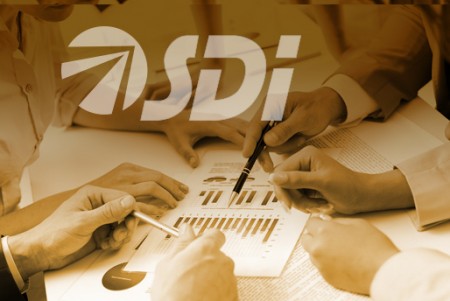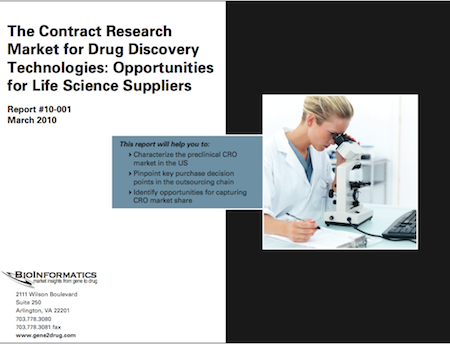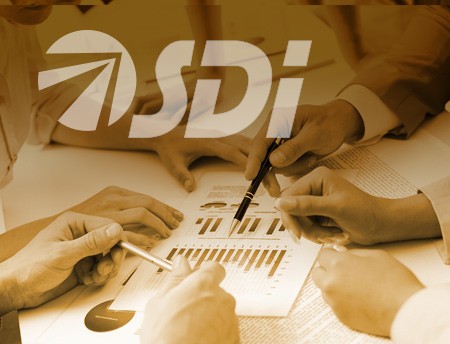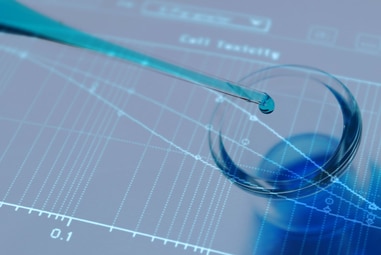Description
A wide range of analytical techniques are employed around the world to monitor the impact of human and industrial activity on our environment. Much of this is driven by regulatory requirements, such as limits on atmospheric emissions by power generation facilities, limits on toxic compounds in soil and groundwater, and water quality parameters for effluent discharge from water treatment facilities. Environmental research performed by academic and regulatory laboratories requires various advanced analytical technologies to investigate potentially new and previously unrecognized threats to human health and the environment. Many regulatory and other government agencies as well as NGO s also conduct an increasing amount of environmental analyses, often using in-field instrumentation. The net result has been steady growth in demand for analytical instrumentation used for environmental applications to more than $4.6 billion in 2012.
This report provides a strategic perspective on the current situation and projected growth for the myriad of analytical technologies used for environmental monitoring, analysis and research. Some of the major techniques used in environmental applications that are covered in-depth in this report include:
Molecular Spectroscopy
Photometric Colorimeters
UV/Vis Spectrophotometers
Fluorescence
Discrete Analyzers
Separations
Gas Chromatography
HPLC
GC/MS
LC/MS
Ion Chromatography
Atomic Spectroscopy
Atomic Absorption
ICP
ICP-MS
TOC/TN
Lab & Process Electrochemistry
pH/ORP
Conductivity
Dissolved Oxygen
Titration
Other Process Water Analysis
TOC
Turbidity
Discrete/Specific Analyzers
Organics
Gas Analysis
CEMS
Auto Emission Analyzers
Ambient Air Analyzers
Portable Gas Analyzers
TOC/TN
This report examines the markets for each of seven different groupings of these analytical technologies through detailed tables and figures, as well as analysis and explanation of the numbers. Five-year forecasts of sales are estimated by SDi for each grouping, and are segmented by product, region and industry.
Although the effects of the broader economy undoubtedly have a major influence on demand for analytical instrumentation for environmental applications, it is regulation that is the primary driver of the market. This characteristic has helped to produce a market that is somewhat uncoupled from other market sectors, and should continue to see steady overall long-term growth.









